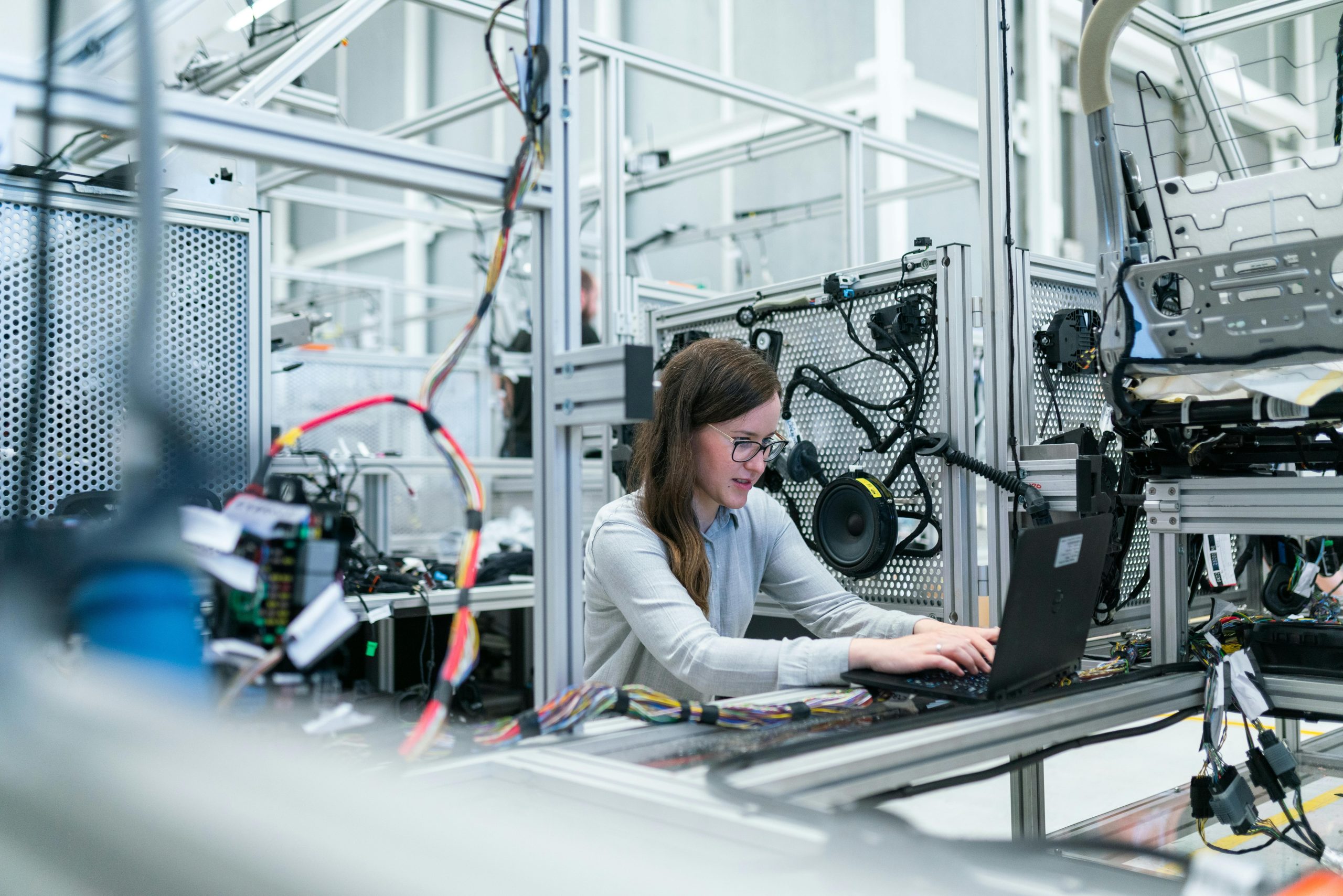What IONQ’s technical advances in recent months really mean and why qubit count is meaningless
Decoding IONQ’s Breakthroughs: The True Value of Gate Fidelity and Error Correction in Quantum Computing
In the rapidly evolving world of quantum computing, recent advancements by IONQ have stirred significant interest and discussion among enthusiasts and experts alike. With two notable announcements over the past couple of months, IONQ is positioning itself at the forefront of technology that has the potential to surpass classical computing. But what do these advances mean, and why does the qubit count matter less than we thought?
Key Developments from IONQ
IONQ has revealed groundbreaking improvements in two critical areas:
- A 9:1 Error Correction Ratio
- 99.98% Gate Fidelity Achieved Using Barium-133
These milestones are not merely incremental improvements; they represent a significant leap toward scalable quantum computing.
Understanding the Importance of Error Correction and Gate Fidelity
For those new to quantum computing, two terms stand out in the conversation: gate fidelity and error correction. Current assessments of quantum computers (QCs) must prioritize these metrics because, as the technology stands today, they are the most relevant indicators of performance.
To illustrate this point, consider IONQ’s Algorithmic Qubit (AQ) calculator on their website. By experimenting with various numbers, you can gain insights into how these metrics influence quantum computing capabilities—especially the fact that qubit count alone does not paint the entire picture.
A Hypothetical Scenario
Imagine if IONQ announced a new 128-qubit system with their existing technology but only managed a gate fidelity of 99.90% and a 16:1 error correction ratio. One might assume such a system would be exciting and powerful. However, the truth is that the additional qubits would yield very little in terms of usability. To put it in perspective, increasing to 128 qubits would require a staggering 369 physical qubits for a mere increment in AQ.
Quantum capability scales exponentially as 2^N, meaning that even a single additional AQ can radically enhance the system’s processing power. This scenario emphasizes that the true value lies in maximizing gate fidelity and effective error correction—even with fewer qubits.
Dramatic Impacts of Enhanced Metrics
Now, picture a hypothetical 128-qubit system leveraging IONQ’s advancements—what if it incorporated the impressive 9:1 error correction ratio and the 99.98% gate fidelity achieved with Barium-133? The AQ rating














Post Comment